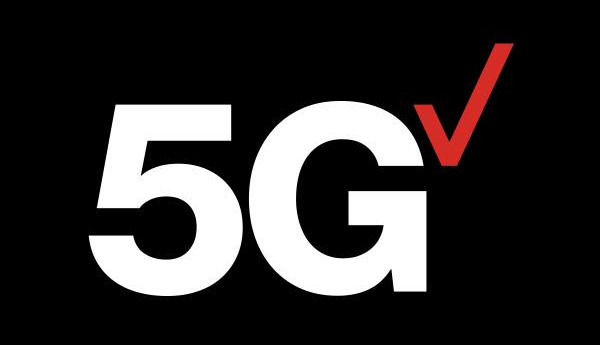
Verizon and Nokia today mentioned a major milestone on the road to commercial 5G deployment as the companies announced the successful completion of a series of data sessions over the 3GPP New Radio 5G standard outdoors. They were also successful in multi-carrier aggregation to boost those signals into Gbps range.
Back in February, the two companies, along with Qualcomm, completed the first-ever 3GPP NR data connection in a lab. The latest tests took place on Verizon’s campus in Basking Ridge, NJ. Both the companies have worked together to transmit multiple live interactive virtual reality (VR) sessions and simultaneous 4k streaming video on Verizon’s 28 GHz millimeter wave spectrum with latencies of 1.5 milliseconds.
Furthermore, Verizon and Nokia successfully used 4CC (component carrier aggregation) to achieve a throughput speed of up to 1.8 Gbps. Combining Verizon’s mmWave spectrum assets and the ability to transmit on multiple carriers in an outdoor setting mirrors how 5G will ultimately be deployed and used by consumers and businesses.
Verizon also announced that it will launch 5G residential broadband service in four markets in the U.S; Los Angeles and Sacramento in the second half of 2018, followed by a mobile 5G solution.
Sanyogita Shamsunder, vice president, 5G Ecosystems & Innovation for Verizon said:
By continuing to push the technological envelope and make advancements like these, we’re driving the ongoing development of 5G technology and bringing it to life for our customers. Verizon continues to lead the way toward the realization of true 5G technology.
Marc Rouanne, president of Mobile Networks, Nokia said:
Nokia is committed to supporting Verizon’s advanced effort to bring 5G to commercial reality. Our successful trial pushes the testing distance and because it has been conducted outside, tests the interference variables in an outdoor environment. This is a major milestone for preparing Verizon for widespread 5G implementation.
